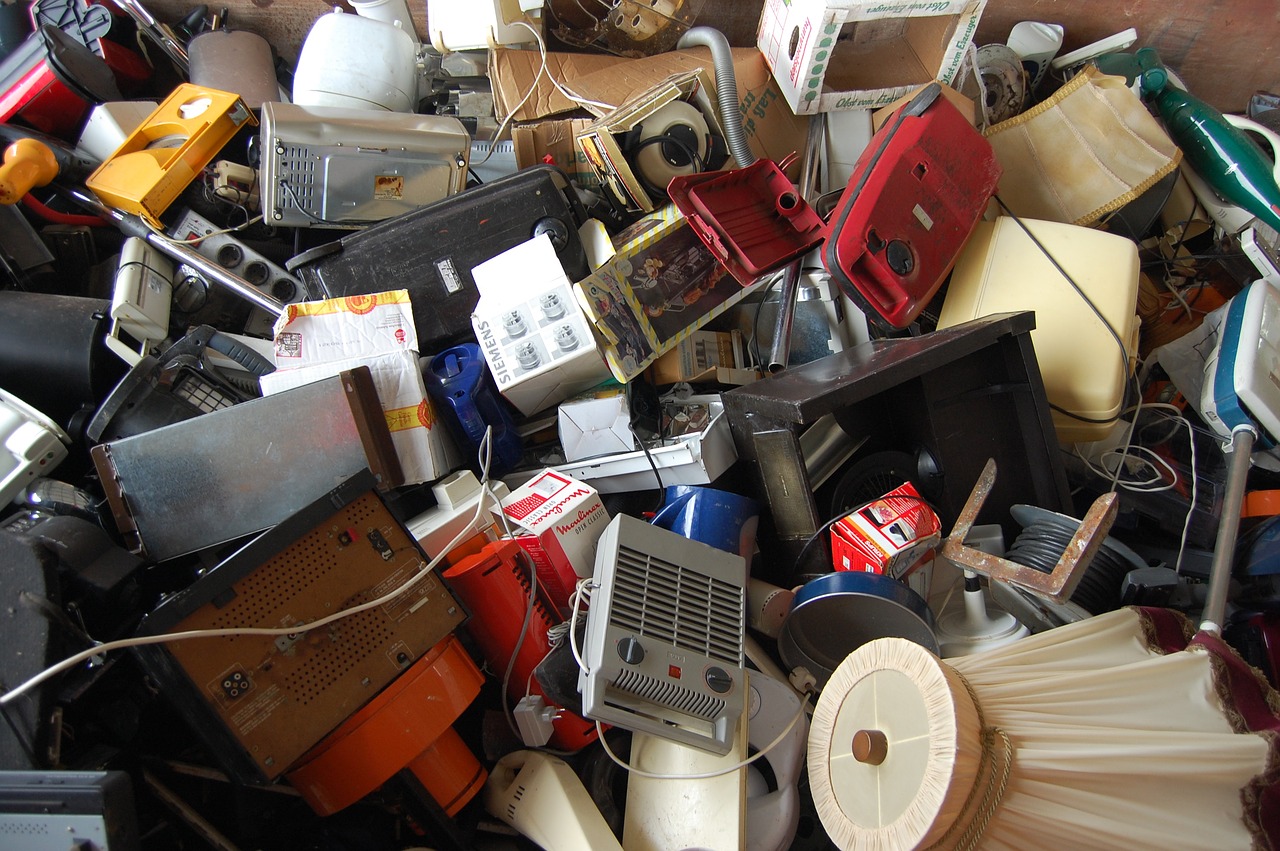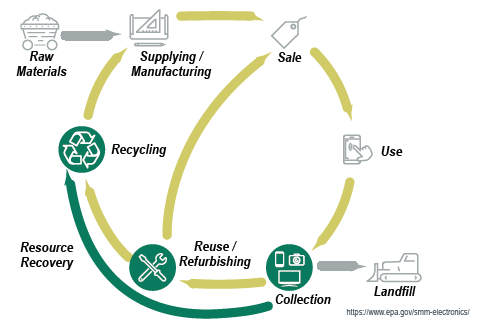Things about Recycling Lives Services
Table of ContentsWhat Does Recycling Lives Services Mean?An Unbiased View of Recycling Lives ServicesThings about Recycling Lives Services7 Simple Techniques For Recycling Lives ServicesRecycling Lives Services Can Be Fun For Everyone

In addition, all Oxfordshire regional authorities approve vapes and e-cigarettes as a separate kerbside collection. Disposable vapes be put inside your wheelie bins. Exactly how they are gathered in each area differs slightly; examine you have the proper information for your location. Utilize the Waste Wizardsearch tool to examine exactly how your regional authority gathers this waste or locate various other drop-off places in your area.
Mobile batteries the kind you locate in little portable tools can also be reused at the kerbside yet not inside any of your bins. Bigger stores that sell batteries additionally have collection factors for reusing old batteries.
Recycling Lives Services Things To Know Before You Get This
Older-style filament or halogen light bulbs can be thrown away in your basic rubbish bin in your home. Some do it yourself shops additionally have collection points for light bulbs. Small electric items (tiny enough to fit in a service provider bag) can be recycled at our waste recycling centres or at the kerbside. recycling lives services waste electronics.

Facts About Recycling Lives Services Revealed
Electrical things are damaged down right into different pasts so that the various products they are made up of can be gotten rid of and reused. Waste reusing centres are for usage by householders just and can not accept waste from industrial sources.
E-waste, electronic waste, e-scrap and end-of-life electronics are terms commonly used to describe made use of electronic devices that are nearing completion of their useful life, and are thrown out, contributed or offered to a recycler. The UN defines e-waste as any kind of thrown out items with a battery or plug, and features toxic and hazardous compounds such as mercury, that can present extreme threat to human and environmental wellness.
Recycling Lives Services Can Be Fun For Anyone
Only 17.4% of this electronic waste, consisting of a blend of unsafe materials and priceless products, will be videotaped as being appropriately gathered, dealt with and recycled - https://gravatar.com/wildlyqueen06b0fb50ac. Lots of efforts are undertaken to tackle this growing worry, yet none of them visit can be fully effective without the energetic role and right education of consumers

Furthermore, mining thrown out electronics produces 80% less exhausts of carbon dioxide each of gold compared to mining it from the ground. In 2015, the extraction of resources represented 7% of the globe's power consumption. This suggests that relocating in the direction of the use of even more additional raw products in digital products might aid considerably in reaching the targets laid out in the Paris Contract on climate modification.
The Recycling Lives Services Diaries
Every gadget ever before created has a carbon impact and is contributing to human-made worldwide warming. Produce a tonne of laptop computers and potentially 10 tonnes of CO2 are discharged. When the carbon dioxide released over a device's life time is thought about, it mostly occurs during production, before consumers purchase an item. This makes reduced carbon procedures and inputs at the production stage (such as use recycled resources) and item life time vital components of general ecological effect.
Even in the EU, which leads the world in e-waste recycling, just 35% of e-waste is formally reported as appropriately gathered and recycled. Internationally, the standard is 20%; the remaining 80% is undocumented, with much finishing up buried under the ground for centuries as garbage dump. E-waste is not naturally degradable. The lack of recycling taxes the global electronic sector and as gadgets end up being more countless, smaller sized and more complicated, the issue escalates.
The staying mass of e-waste mainly plastics tied with steels and chemicals postures a much more intractable problem. A new vision for the manufacturing and intake of electronic and electrical products is required. It is very easy for e-waste to be framed as a post-consumer problem, yet the problem encompasses the lifecycle of the tools everyone utilizes.